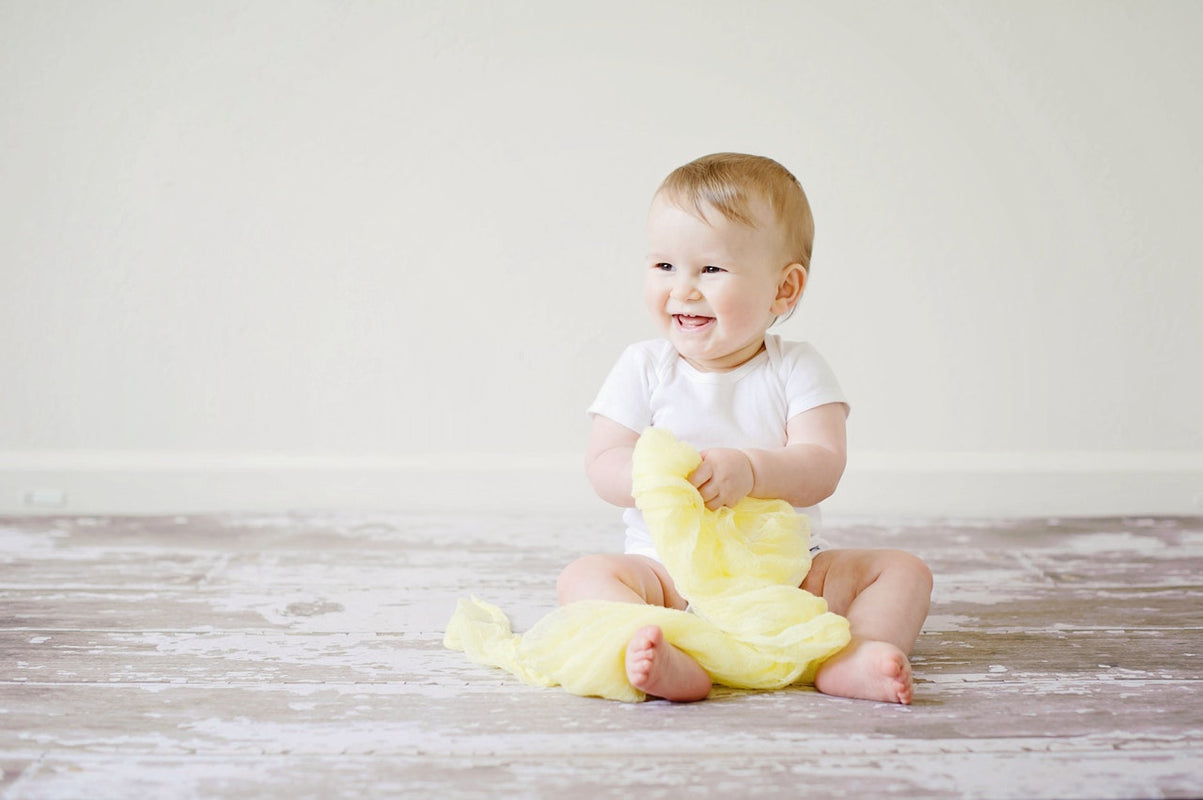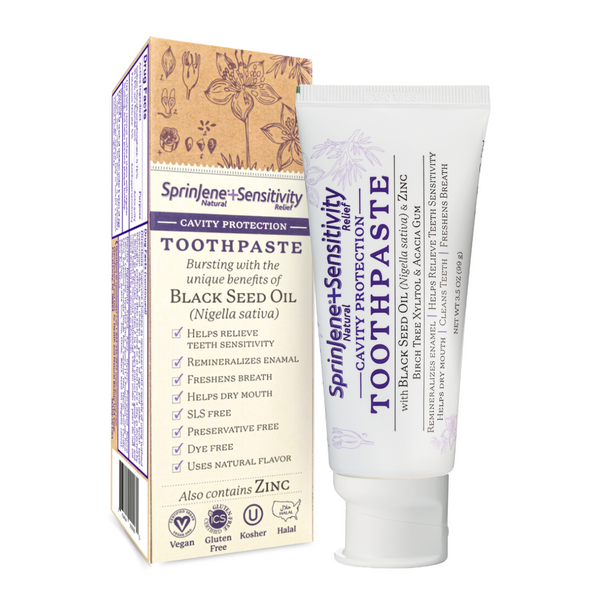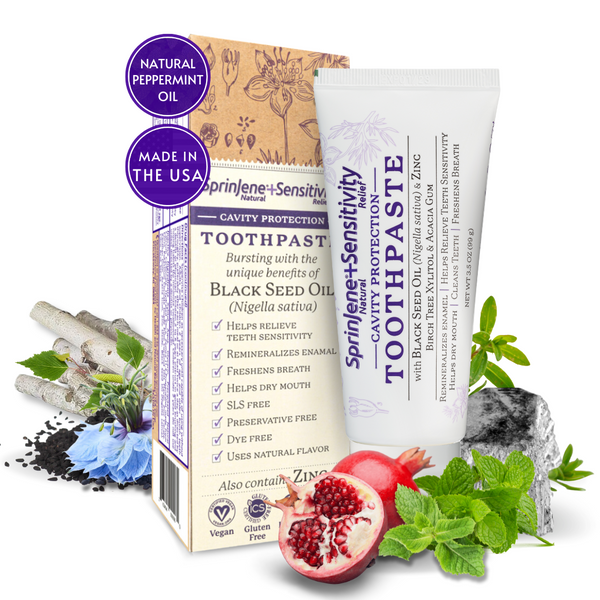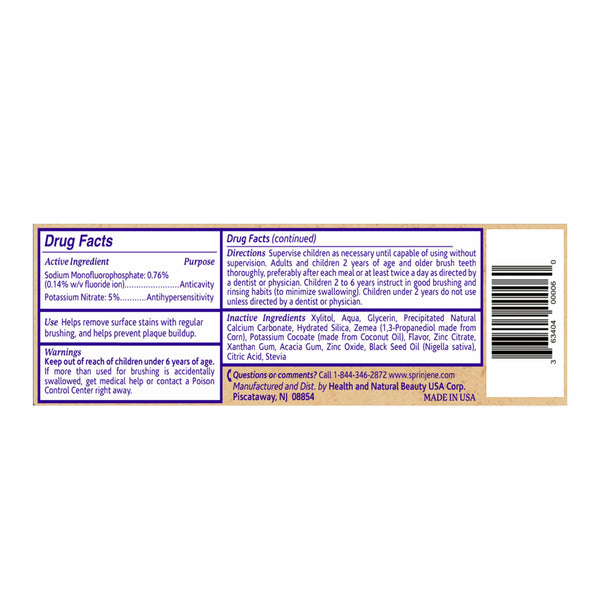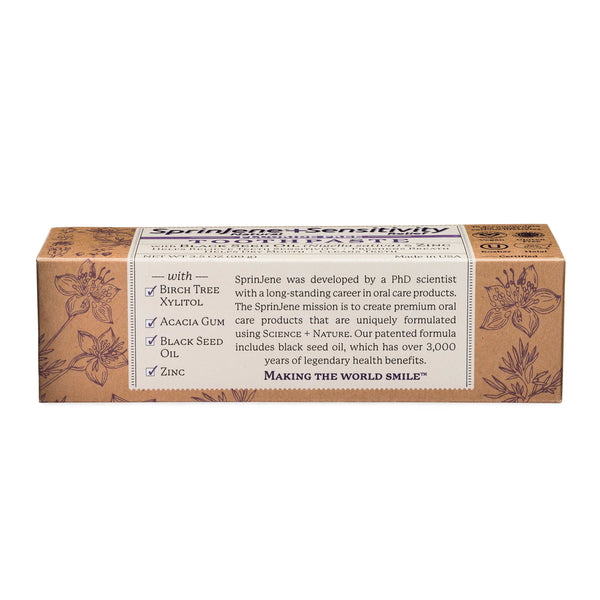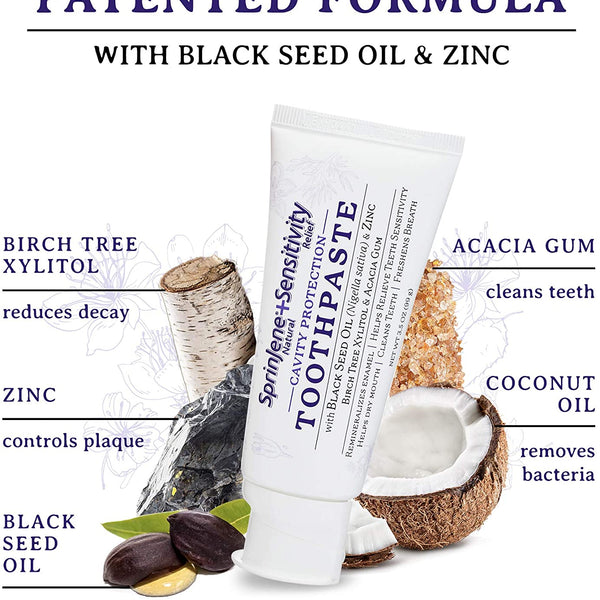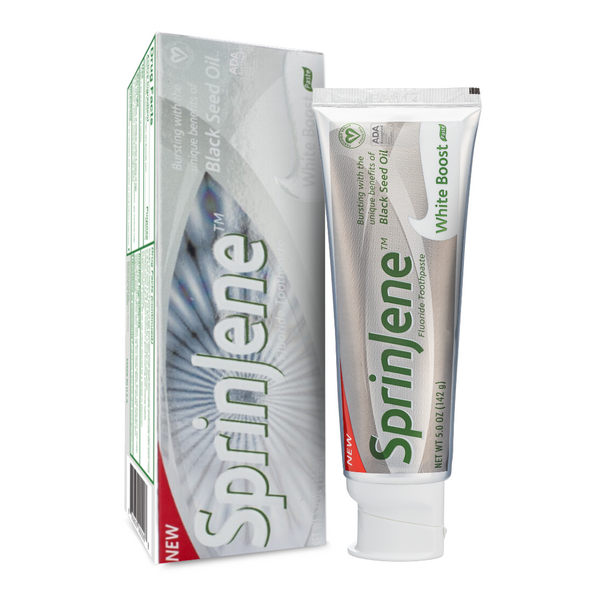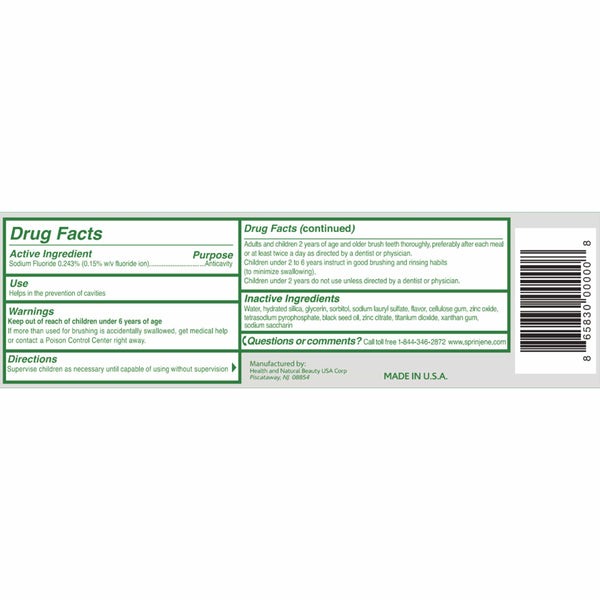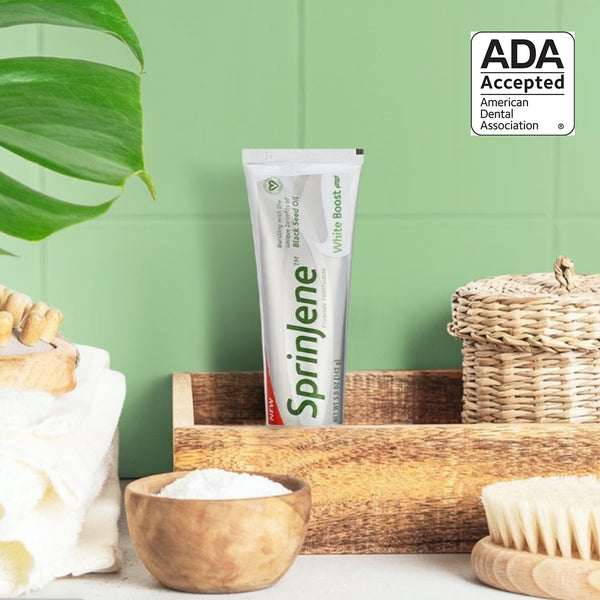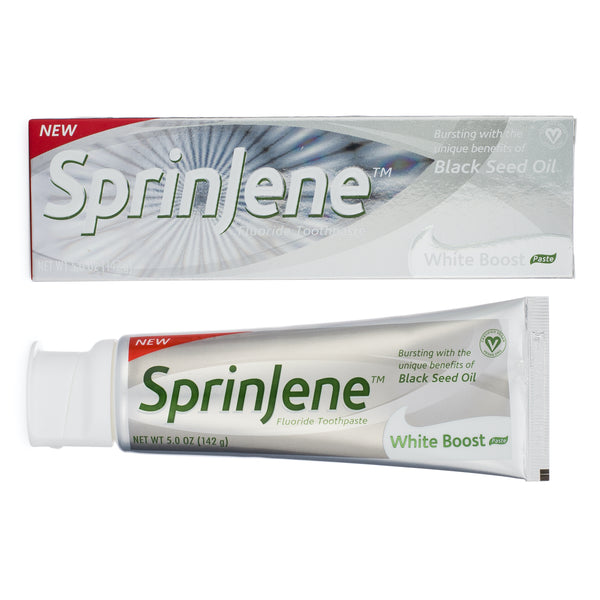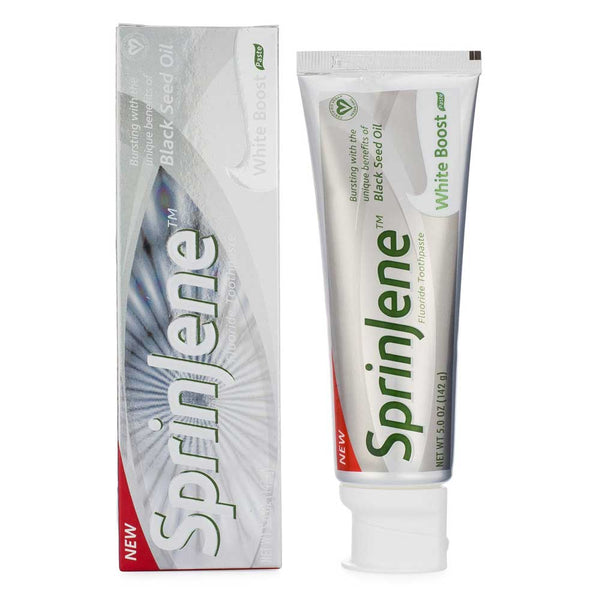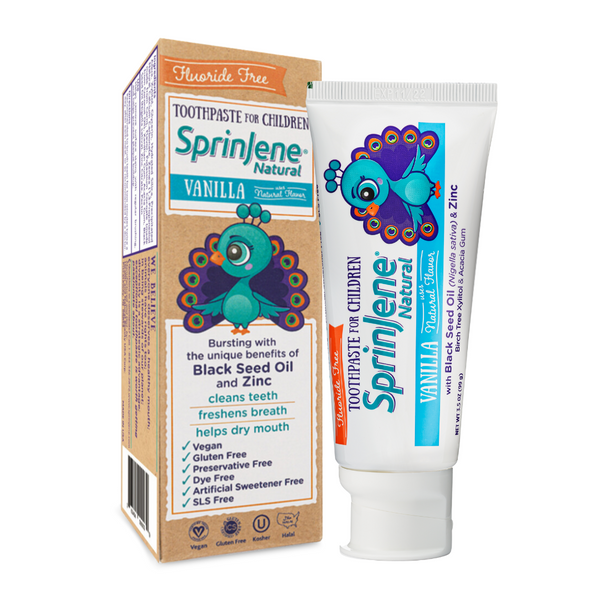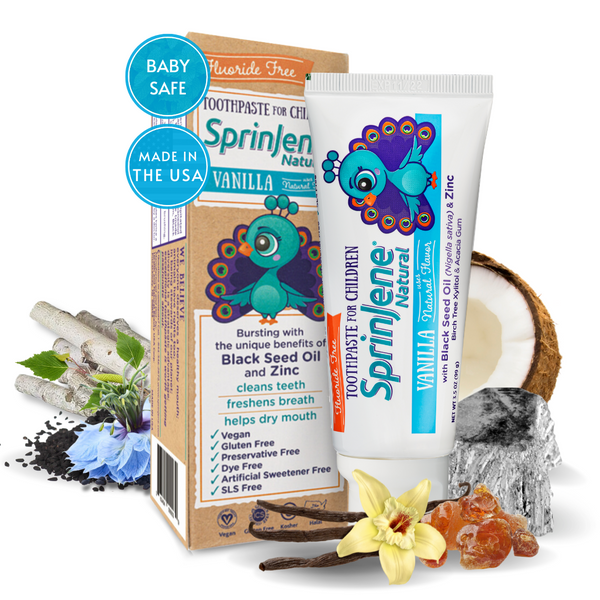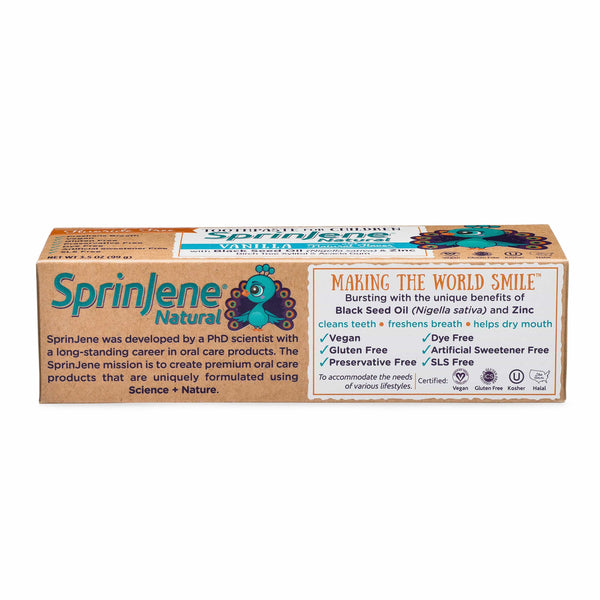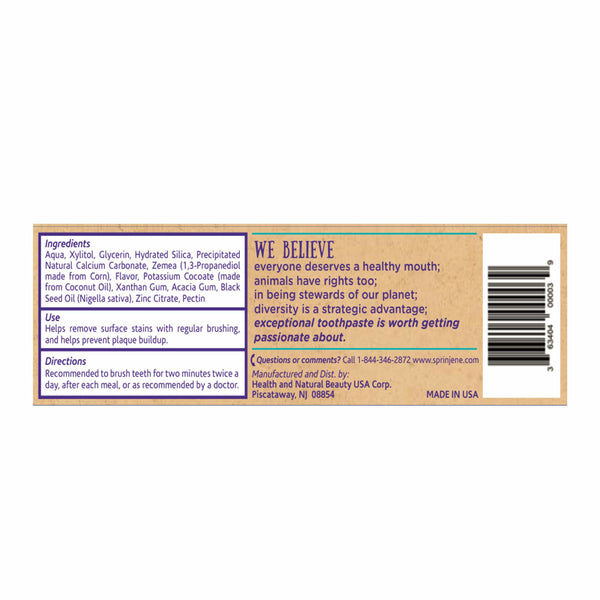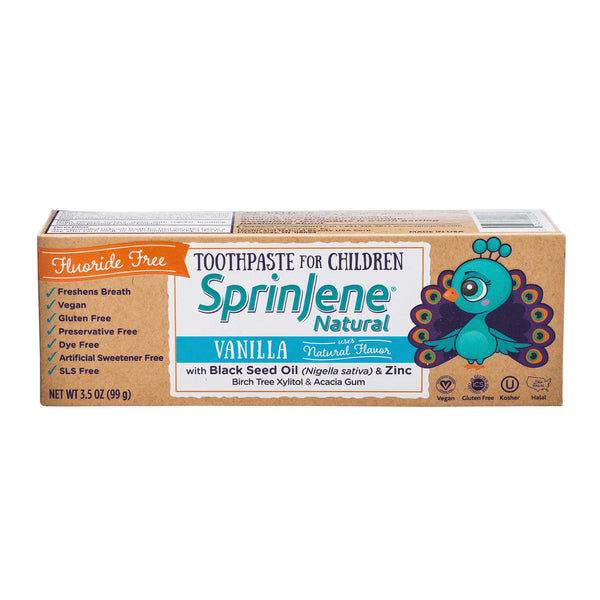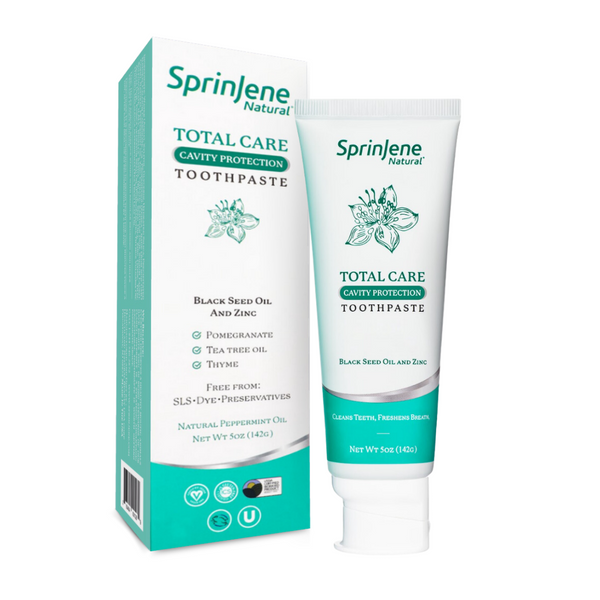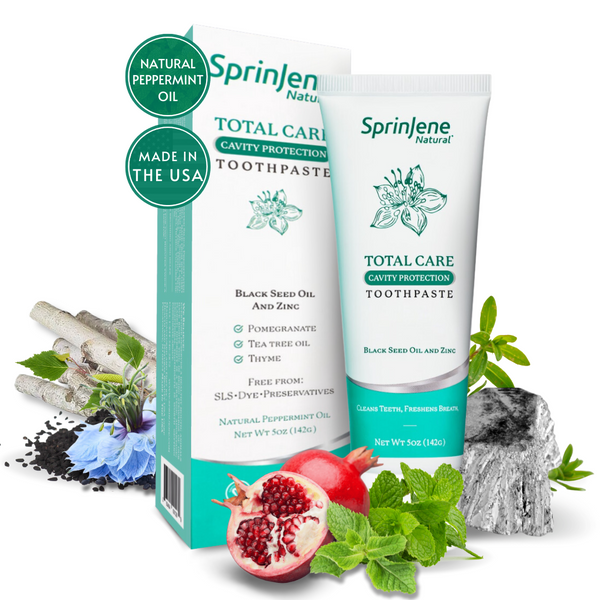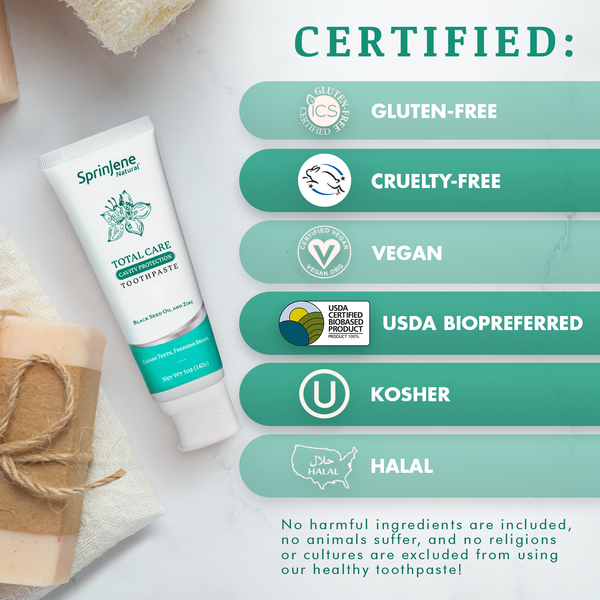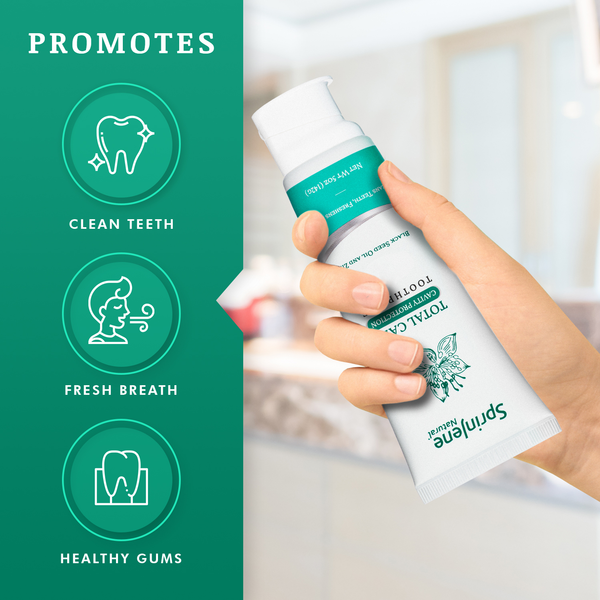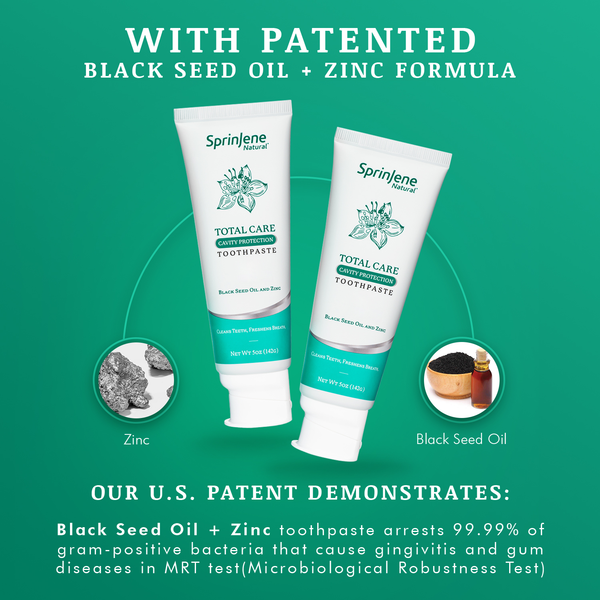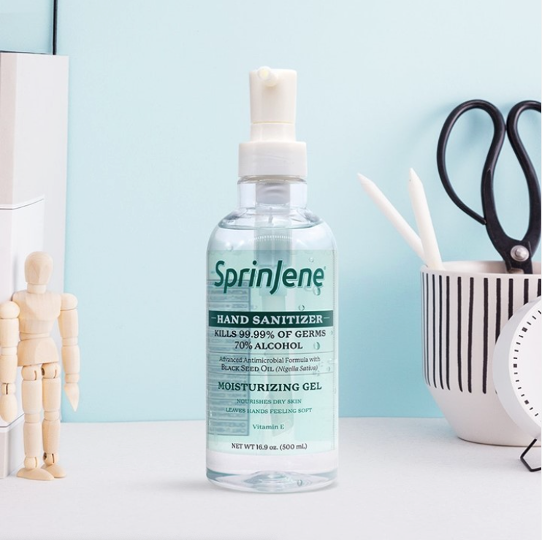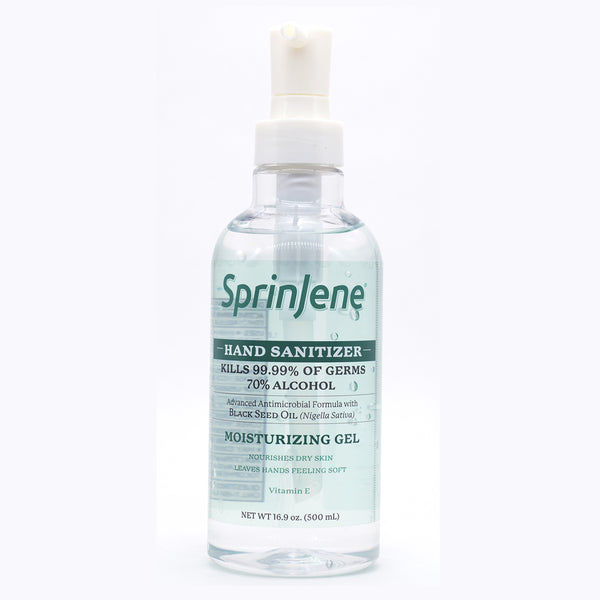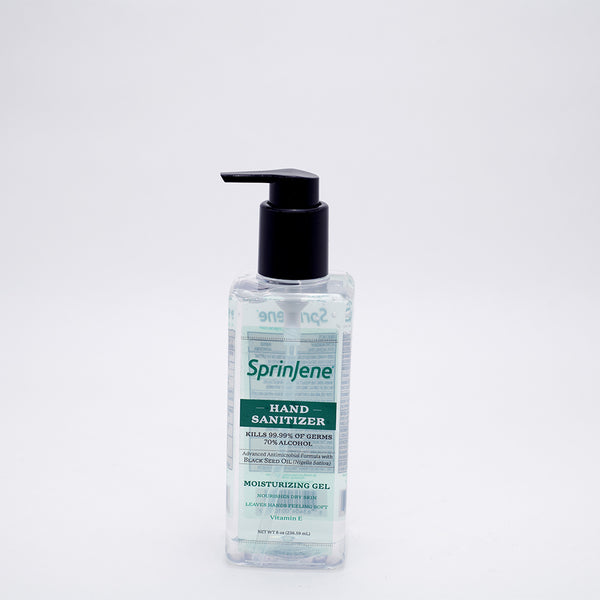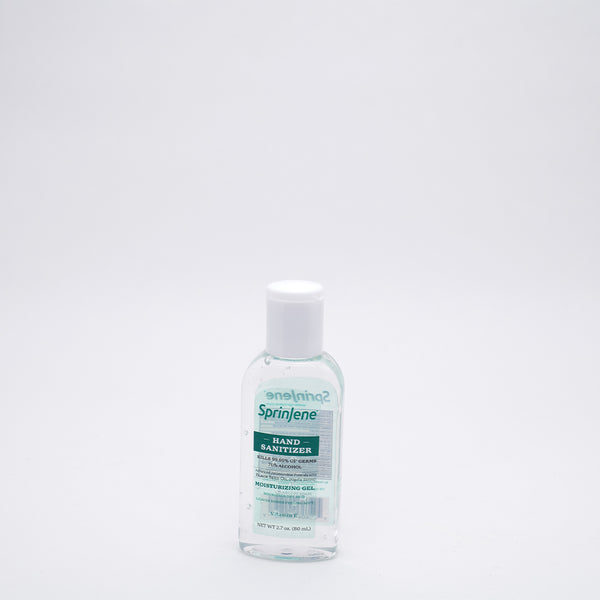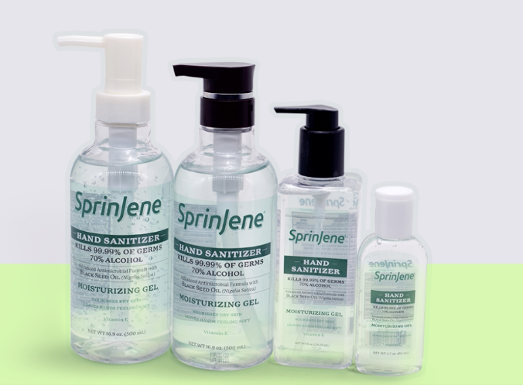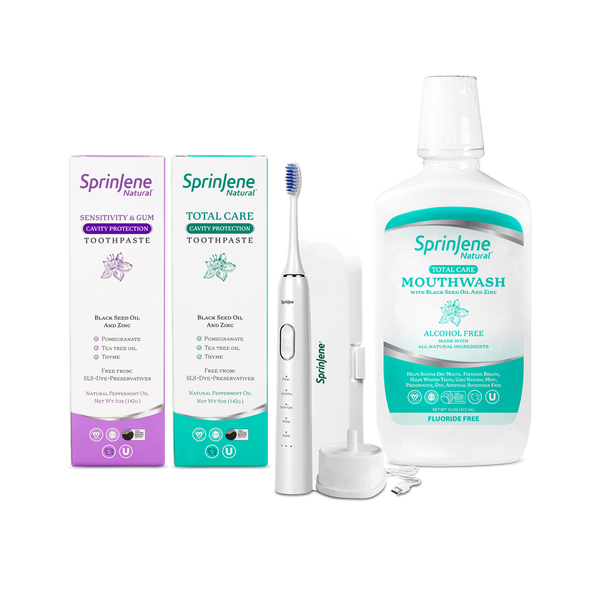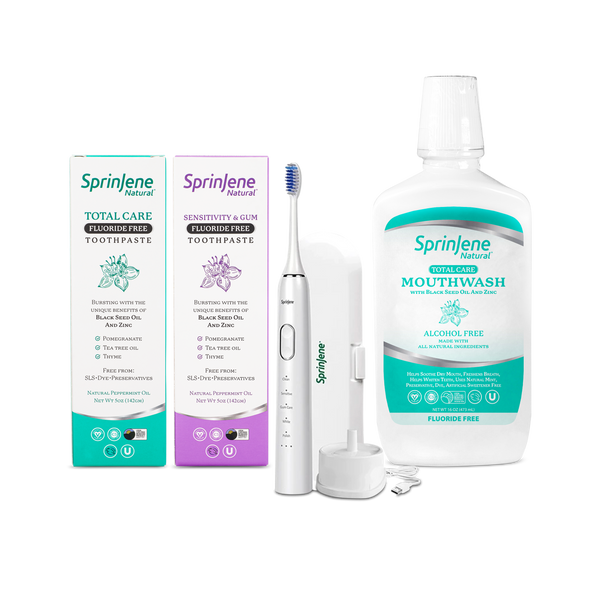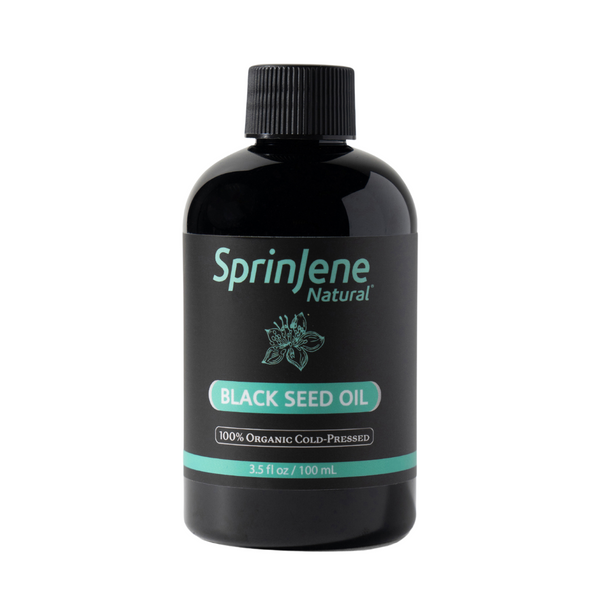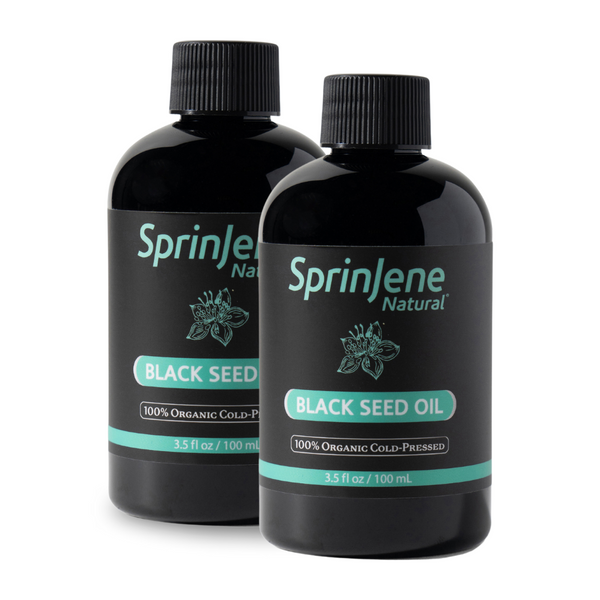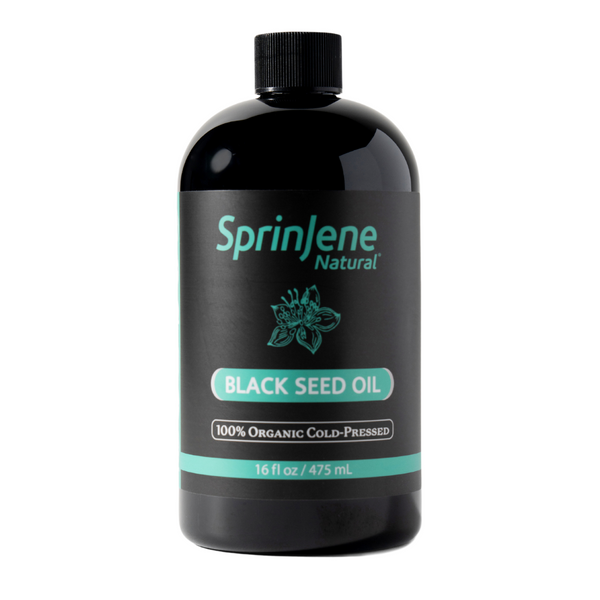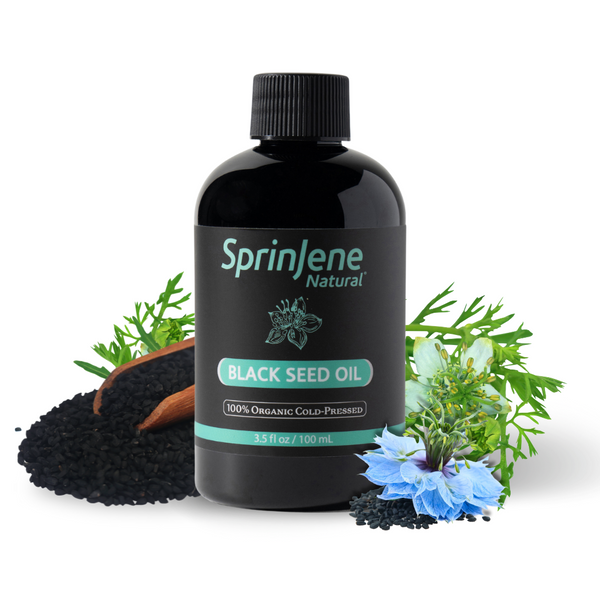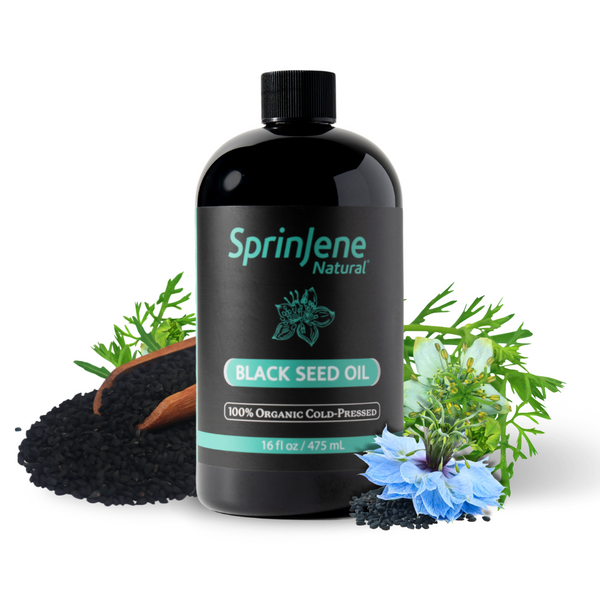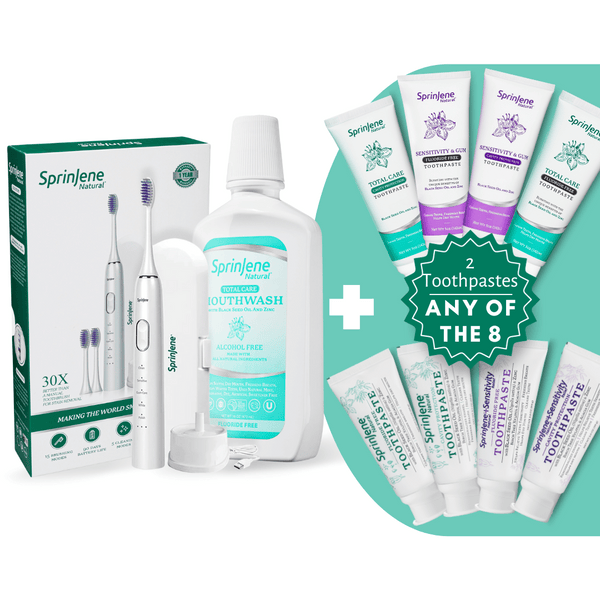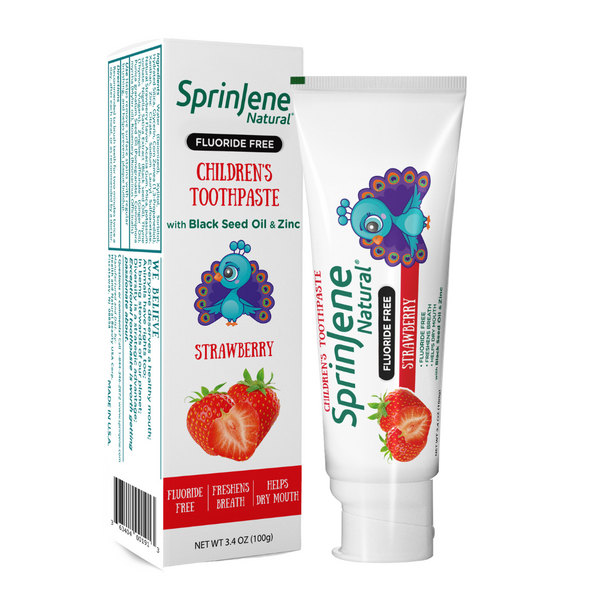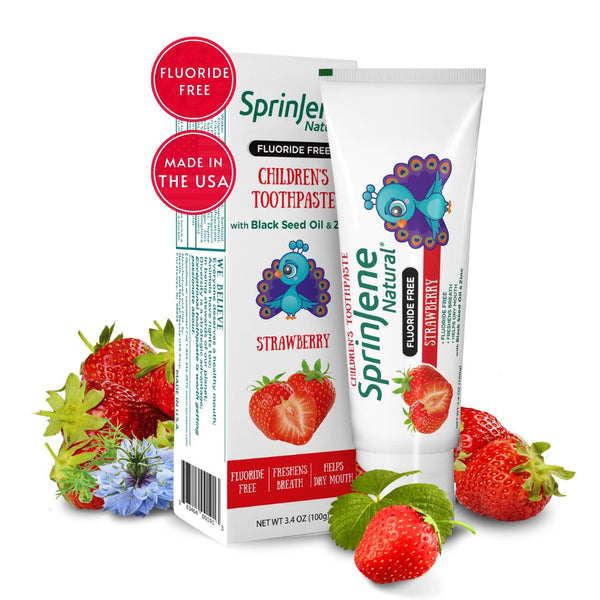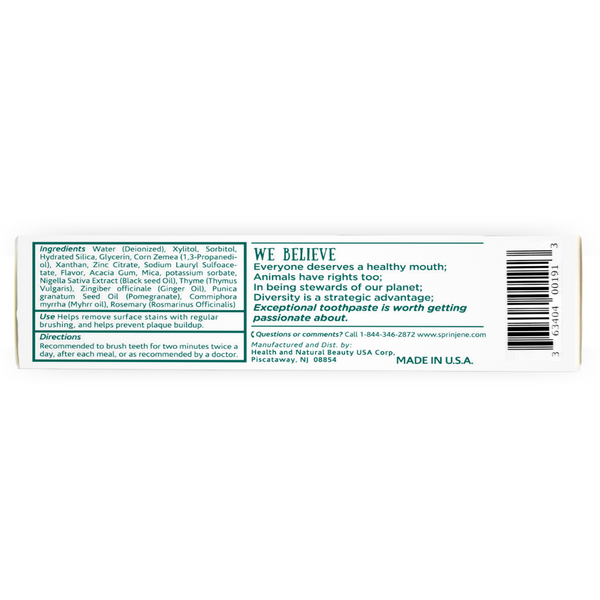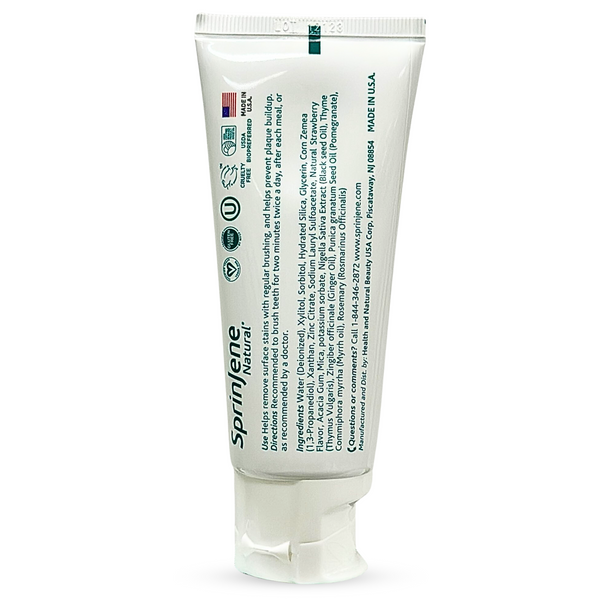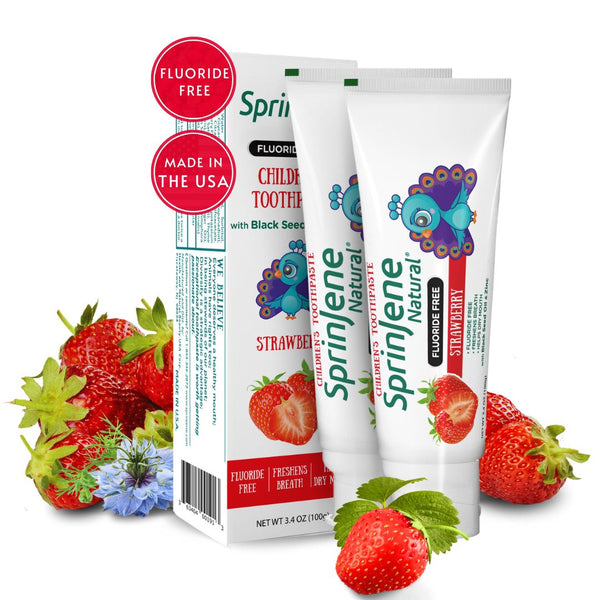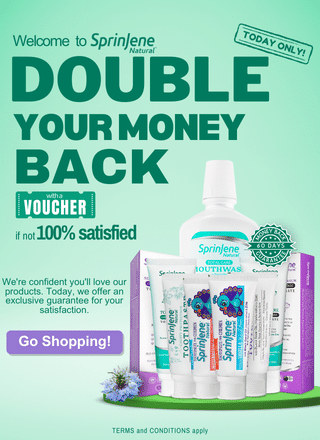
Teeth brushing is an essential part of oral hygiene maintenance and should be introduced to babies as early as 6 months, starting with gently brushing just their gums with a clean finger or a soft wet wash cloth. As they start erupting teeth they can gently be brushed with tiny tooth brush specially designed for babies with soft bristles. It is important not to use fluoride tooth paste in children under 2 years of age or until they don’t learn how to spit. This is because ingesting large amounts of fluoride can be toxic for the child causing dental fluorosis and fluoride toxicity.
The earlier you introduce a tooth brush to a child the easier it will be for them to ease into the routine. With some children it can be a real struggle to get them to brush their teeth and so parents have to find different ways to encourage the habit.
The Best Way to Brush Your Child’s Teeth
Here is a routine you can try to follow when brushing your child’s teeth:
- Stand or sit behind your child so that he feels secure. Brushing teeth in front of a mirror is good too, because it lets you see your child’s mouth.
- Cup your child’s chin in your hands with her head resting against your body.
- Hold the toothbrush at a 45 degree towards the gum. Move the brush gently in small circles to clean the outer and inner sides of the teeth and gums.
- Brush back and forth on the chewing surfaces of the teeth.
- Don’t forget to gently brush your child’s tongue.
- Encourage your child to brush without swallowing. When your child starts using toothpaste, teach him to rinse and spit it out. Ingesting large amounts of fluoride is not recommended.
Some points to remember:
- Select a small, child-sized, soft-bristled toothbrush. Soaking the brush in warm water for a few minutes before brushing can soften the bristles even more.
- The American Dental Association and the American Academy of Pediatrics, both recommend using an amount of fluoride toothpaste the size of a grain of rice as soon as your baby's first tooth appears. You can move up to a pea-sized amount when your child turns 3 years old.
- Brush your child's teeth twice a day, morning when he wakes up and just before bed. Spend 2 minutes brushing, focusing a good portion of this time on the back molars. This is usually where cavities first develop.
- Replace your child’s toothbrush every 3 or 4 months, or sooner if it shows signs of wear. Never share a toothbrush with others.
- Start flossing your child's teeth once a day as soon as two teeth emerge that touch.
- Ask your dentist about your child's fluoride needs. If your drinking water is not fluoridated, fluoride supplements or fluoride treatments may be needed.
- Ask your dentist about dental sealants. These are thin, plastic protective barriers that fill in the chewing surfaces of the back teeth, protecting them from tooth decay.
How to Make It Fun
The American Dental Association recommends the following tips to make tooth brushing fun for your child:
Have 4 Minutes of Fun
Don’t just set a timer and supervise, make brushing twice a day for two minutes an event! Turn on your child’s favorite song and have a two-minute dance party. Try reading a 2-minute story using all your best voices. Whatever you do, get creative and innovative so brushing time becomes fun time!
Start a Routine and Stick to It
You may feel tempted to let your child skip brushing after a long day or during times when your normal schedule is off like during a vacation, but keep at it. The more frequently the child brushes the easier it will become a part of their routine.
Reward Good Brushing Behavior
What motivates your child? If they like stickers, make a reward chart and let them add one every time they brush. If they’re fond of reading, let them pick out a bedtime story. Maybe it’s as simple as asking to see that healthy smile, saying “I’m so proud of you” and following up with a huge high five.
Characters Count
Does your child have a favorite cartoon character? Many children’s shows and books, including Sesame Street, have stories about brushing. Watch and read them together, so when it’s time to brush you can use that character as a good example.
Make Up a Story
If you haven’t found a story or character to inspire your child, make up your own. Your child just may be the only superhero who can brush away the bad guys causing cavities.
Go Shopping
Let your child pick out his own toothbrush and toothpaste. It is recommended to use a natural tooth paste that is free of chemicals and other harmful ingredients. Choosing a character toothbrush might make brushing more fun, and fluoride toothpastes come in a variety of flavors and colors.
Make Brushing a Family Affair
Your children learn from you, so set a good example. The family that brushes together has even more reason to smile.
Best Natural Tooth Paste for Kids
There are many natural tooth pastes available in the market as people have started switching towards healthier and cleaner living. One such excellent kind is SprinJene Natural tooth paste. It comes in 4 variants, one without fluoride and three with fluoride in 3 different delicious flavors
- Vanilla
- Water Melon
- Apple Mint
This tooth paste is packed with powerful ingredients which, not only provide anti-cavity protection but also have immense health benefits. Black seed oil and zinc extracts which have innumerable anti-microbial properties which make it ideal for prevention of bacterial growth, tartar control and inflamed gums. Other ingredients include xylitol which is a natural sweetener and possesses anti-cariogenic properties, coconut oil, and acacia gum. These serve as natural alternative ingredients to harmful ones present in commercially available tooth pastes such as:
- SLS (sodium lauryl sulfate).SLS is a chemical surfactant irritant to some people and used to reduce surface tension between ingredients and thicken certain food products.
- Artificial preservatives and dyes.Unnatural chemicals used to make products last longer and look a certain color have been linked to multiple health issues, especially in children.
- Saccharin is an artificial sweetener with a bitter aftertaste and no nutritional benefit.
- Animal byproducts.No substances that come from animals are found in any SprinJene natural toothpaste or used in manufacturing.
Along with being chemical free all SprinJene toothpastes are also:
- Gluten free
- Kosher
- Halal
- Cruelty free
- Vegan

